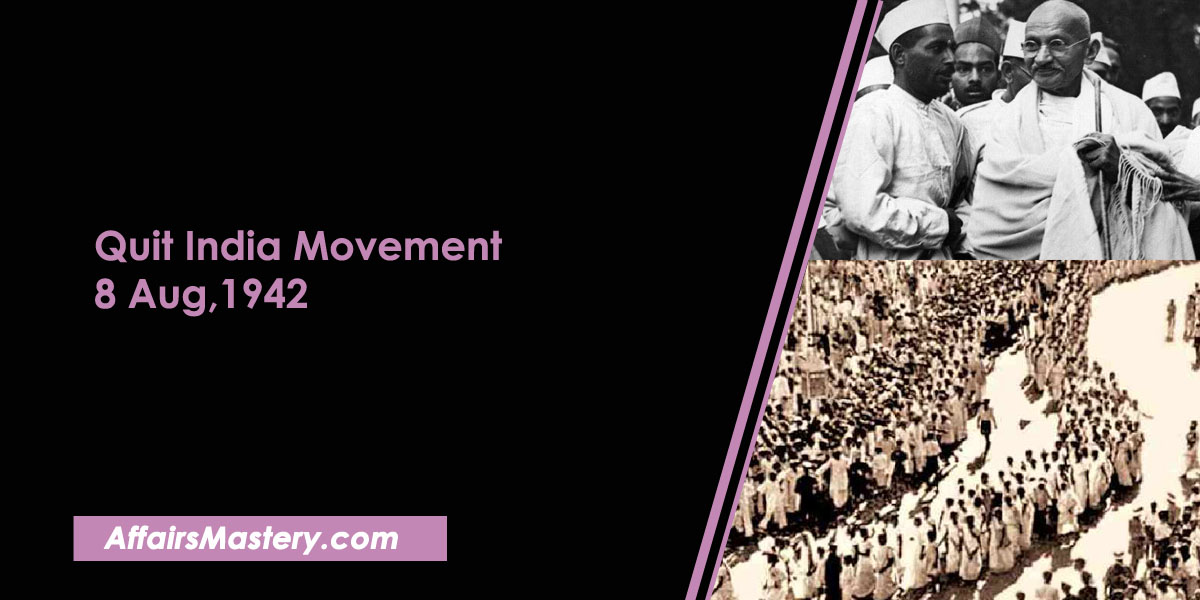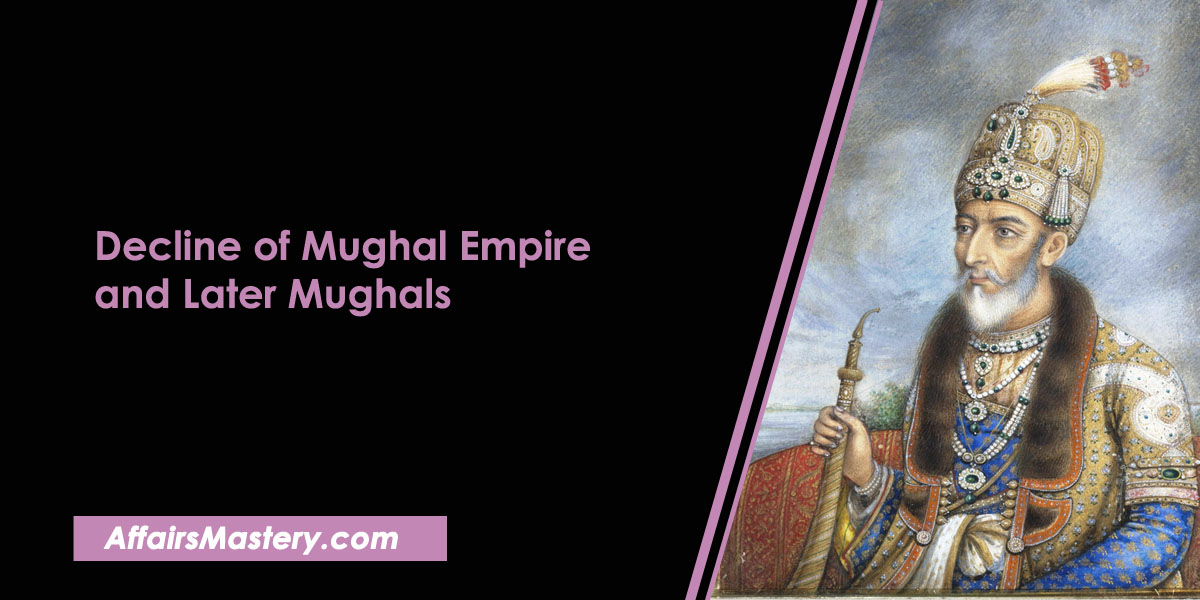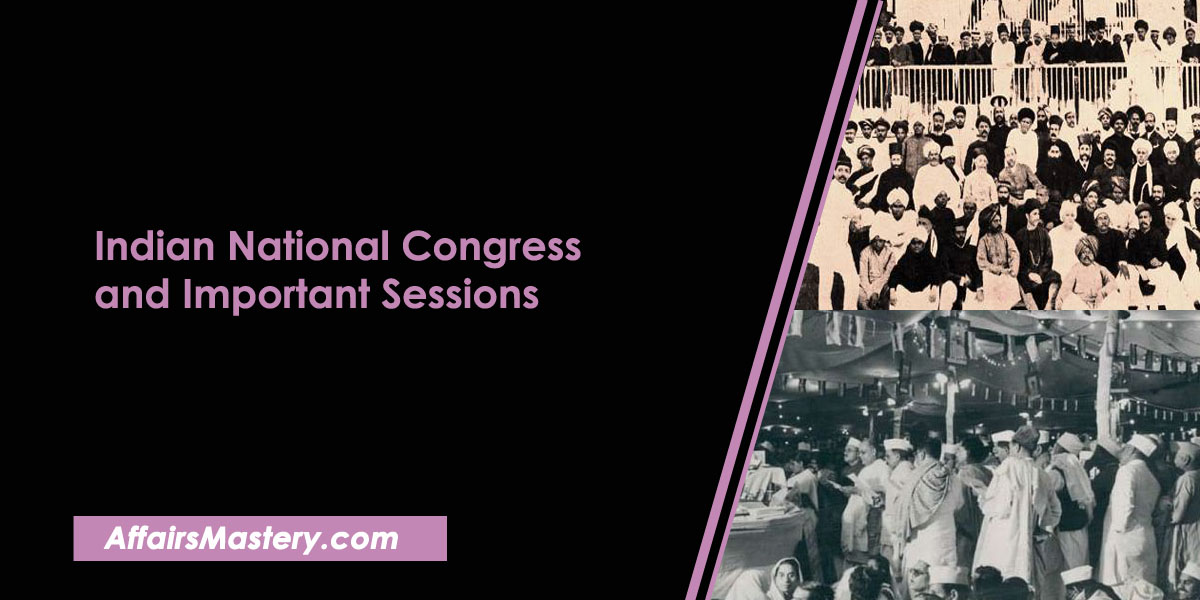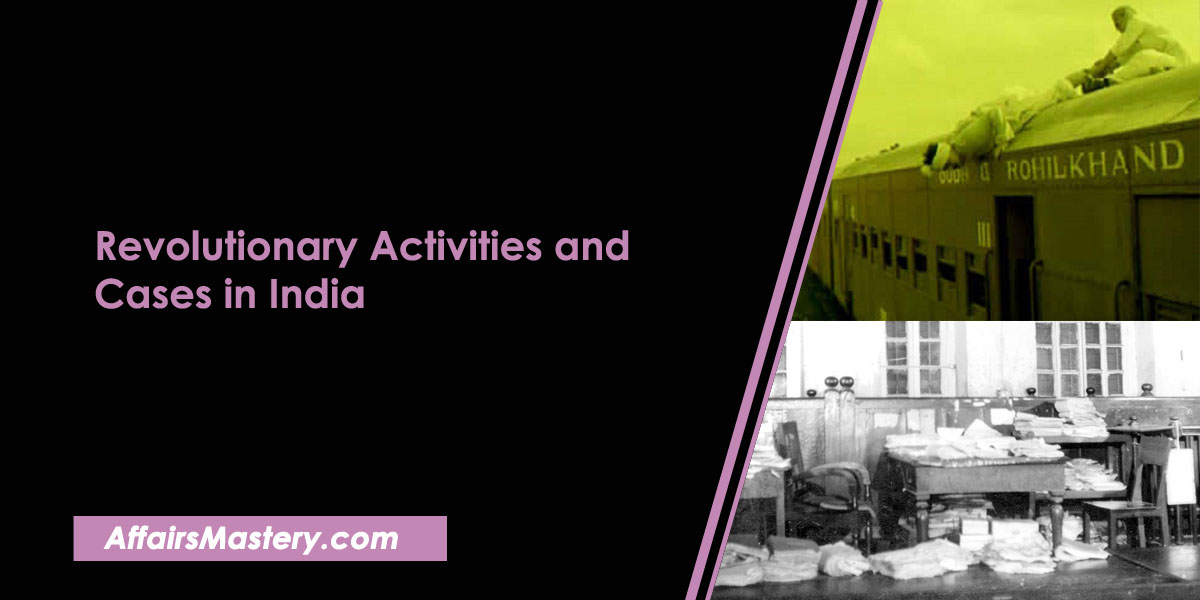Quit India Movement (8 Aug 1942) – Background, About, Reactions, Fallout (Important Short Notes)
Quit India Movement. On 8th August 1942, Mahatma Gandhi delivered a stirring speech at the session of All-India Congress Committee in Mumbai to call an end to British rule and launch Quit India Movement. He powerfully proclaimed ‘Do or Die’ as he selflessly worked towards achieving true independence for his nation. Important Short note for various exams.
From the perspective of an examination like Civil services, State exams, SSC, Banking, Railways and any other One Day exam, all the necessary facts and information are listed below.
Background
- The failure of the Cripps Mission and the threat of the Japanese invasion of India brought about an immediate and distinct change in Gandhi’s attitude.
- The Cripps proposals had made it evident that the British had no inclination to grant independence to India. The nationalists became aware that any more silence would mean giving away British the right to decide the fate of Indians without consulting them.
- As prices rose and essential commodities like rice and salt became increasingly scarce, a general dissatisfaction began to grow among the population.
- India was facing an intense and inescapable situation from the impending aggression of Japan, putting the nation’s security at risk. There was a concern that, if the British forces sustained serious defeats in South-East Asia, they would adopt a “scorched earth” policy and take drastic measures such as burning crops or destroying infrastructure against any possible Japanese advances into India’s Assam, Bengal and Orissa regions.These circumstances indicated an imminent British collapse.
- Popular faith and trust in the stability of British rule had diminished so much that people were hastily withdrawing their deposits from banks and post offices due to fear of instability.
- Due to all this, Gandhi called upon the British to “Quit India“. The Congress working committee met in Wardha on 14th July, 1942 and passed a resolution demanding complete independence from the British government.
- The draft proposed a direct challenge to the rule of British law, in which widespread and organized civil disobedience would be conducted if their demands were not met.
About
- All-India Congress Committee met at Bombay in the historic grounds of Gowalia Tank(later renamed as “August Kranti Ground”) on the 8th August, 1942.
- The Quit India Resolution was ratified and the meeting resolved to demand an immediate end to British rule in India.
- Gandhi was named the leader of the struggle.
- Gandhi gave the mantra of “Do or Die” to the masses.
- Immediately after the passage of the Bombay resolution, many leaders, including Gandhi and Nehru were arrested in “Operation Zero Hour“. Gandhi was imprisoned at Aga Khan Palace, which was converted into a jail.
- Congress was declared as illegal organization.
- Political rallies were also prohibited.
- Workers went on strike and faced repression. Peasants were at the heart of the movement.
- Government officials, including those at the lower levels of the police and administration departments, played an important role in participating.
- It is noteworthy that there were no communal clashes during the movement
- There were large civilian casualties and around 900 police and military casualties with army and police having resorted to firing on 538 occasions.
- This movement also known as the people’s movement since no other movement was launched after the Quit India Movement.
- It was against this British repression that the people reacted violently and immediately, leading to the spontaneous or immediate launching of the Quit India Movement, which passed through three phases.
First Stage
- This phase was the most violent phase and lasted from 9th August to 15th August. It was predominantly urban in nature and saw violent protests in Delhi, Mumbai, Pune, Ahmedabad, etc.
- The events of these past four days, particularly of August 10 and August 11 reminded the revolt of 1857.
- This Phase is remembered as the “Great August Revolt“.
Second Stage
- The time frame of the movement was extended from August 1942 to September 1942, which saw the center of the movement, shifting to rural centers in the countryside as the young leaders who spearheaded the movement in the absence of the top leadership.
- Parallel governments were established at three places and also at Talcher (Orissa) for very short term.
- Ballia (Aug 1942 for a week): Under Congress leader Chittu Pandey, first parallel government.
- Tamluk(Midnapore, Dec 1942 to Sept 1944): Immediately took the cyclone relief work, grants , etc. Named as “Jatiya Sarkar”.
- Satara (mid 1943 to 1945): Named as “Prati Sarkar” and organized under leaders like Y.B.Chavan, Nana Patil, etc. Gandhi marriages were organized. Longest surviving parallel government formed during the movement.
Third Stage
- From October 1942 to December 1942, the resistance included attacks by educated youth on police and army installations which was a very brave step but unfortunately only had limited success.
- Underground activities were carried out by Ram Manohar Lohia, J.P. Narayan, Aruna Asaf Ali, Usha Sharma, Biju Patnaik, Chotubhai Puranik, etc.
- Usha Mehta started an underground radio in Bombay.
Reactions
- The Muslim League Condemned the movement and called upon the Indian muslims, not to support nor participate in the movement.
- League also gave the counter slogans of “Divide and Quit“.
- The CPI, which was so far supporting the national movement also changed its attitude when Germany attacked Russia, which joined Britain as its ally.
- CPI was of the view that War against Nazism was more important than the struggle for freedom.
- Hindu Mahasabha also repudiated the Congress’ policy of launching Quit India Movement.
- Except for the Congress, none of the political parties, including the liberals supported the Quit India Movement.
Fallout
- The League supported the British forces in their endeavors and remained devoted to them
- From August 1942 to May 1944, all the Congress leaders remained behind bars and therefore lost touch with the masses as well as the political realities of the country.
- The years surrounding the Quit India Movement were a pivotal moment in Indian history, leading to further self-determination and eventual freedom but also eventually arriving at the partition of Pakistan from India. This turbulent situation proved to be one of the worst legacies left by The Quit India Movement.
If you find our content helpful and interesting, please consider joining us on Telegram @affairsmastery_official to show your support. We would really appreciate it!
Related articles
- Important Battles in Indian History 2023-24
- Important treaties in Indian history 2023-24
- List of Foreign Travellers who came to India
- List of Governor General of India and Viceroy of India
- Robert Clive – Important Short Notes for Exams 2023-24
- Warren Hastings – Important Short Notes for Exams 2023-24
- Lord William Bentinck – Important Short Notes for Exams 2023-24
- Lord Canning – Important Short Notes for Exams 2023-24
- Lord Mountbatten – Important Short Notes for Exams 2023-24
- C. Rajagopalachari – Important Short Notes for Exams 2023-24
- Lord Wavell – Important Short Notes for Exams 2023-24
- Lord Linlithgow – Important Short Notes for Exams 2023-24
- Lord Willingdon – Important Short Notes for Exams 2023-24
- Non Cooperation Movement (1919-1922)
- Important Personalities related to Social Movements of India
- List of Important Books on Revolt of 1857 and their Author
- Important Leaders of 1857 Revolt and their places
- Constituent Assembly of India and its Composition: Important Short Notes
- Important Tribal Movements in India
- Direct Action Day 1946: Important Short Notes for Exams
- Interim Government of India, 1946 and its members
- Important Socio Religious Reform Movements in India – Short Notes
- Khilafat Movement (1919-1924) – Important Short Notes for exams
- Lucknow Pact, 1916 – About, Features, Outcome (Important Short Notes)
- C R Formula or Rajaji Formula, 1944 – About, Main Points (Important Short Notes)
- Wavell Plan, 1945 – About, Main Points (Important Short Notes)









